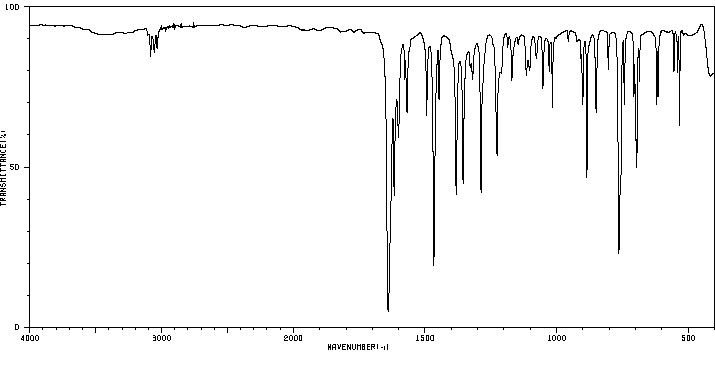代谢
糖基化异黄酮转化为去糖基化异黄酮的过程始于口腔,在口腔中,口腔微生物群和口腔上皮细胞表现出β-葡萄糖苷酶活性。进一步的转化是由肠道乳糖酶根皮苷水解酶在肠道刷状缘的腔面介导,形成可以扩散进入肠细胞的苷元。糖基化异黄酮也可能会在大肠中被常住肠道微生物转化为苷元。通过被动扩散进入肠道细胞的异黄酮苷元会迅速被结合成硫酸盐或葡萄糖醛酸苷结合物。
在结肠的厌氧、还原条件下,染料木黄酮发生还原形成二氢染料木黄酮,进一步转化为5-羟基异黄酮,而大豆苷元被还原为二氢大豆苷元和异黄酮。微生物切割异黄酮的环-C产生脱氧苯甲酮代谢物(DOB),这些代谢物保留了与未改变的异黄酮相似的生物活性,并且被被动吸收。异黄酮代谢存在很大的个体间差异,导致循环中异黄酮代谢物和母体异黄酮的浓度变化高达数百倍。大约25%的非亚洲人群和50%的亚洲人群拥有能将大豆苷元转化为有益异黄酮代谢物异黄醇的肠道细菌。
The conversion of glycosylated isoflavones to de glycosylated isoflavones begins in the oral cavity, wherein oral microflora and oral epithelium exhibit β-glucosidase activity. Further conversion is mediated by intestinal lactase phlorizin hydrolase on the luminal side of the intestinal brush border to form aglycones that diffuses into the enterocytes. The glycosylated isoflavones may also be converted to aglycone in the large intestines by the resident intestinal microflora. Isoflavone aglycones that enter the intestinal cell via passive diffusion are rapidly conjugated into sulfate or glucuronide conjugates. Under the anaerobic, reductive conditions of the colon, genistein undergoes reduction to form dihydrogenistein and further to 5-hydroxyequol, while daidzein is reduced to dihydrodaidzein and equol. Microbial cleavage of the Ring-C of isoflavones produces deoxybenzoin metabolites (DOBs), which retains similar biological activity as unchanged isoflavones and are passively absorbed. There is a large interindividual variation in isoflavone metabolism, leading to circulating concentrations of isoflavone metabolites and parent isoflavones varying up to hundreds-fold. About 25% of the non-Asian and 50% of the Asian population host the intestinal bacteria that convert the daidzein into the isoflavonoid equol, which is a beneficial isoflavonoid.
来源:DrugBank








